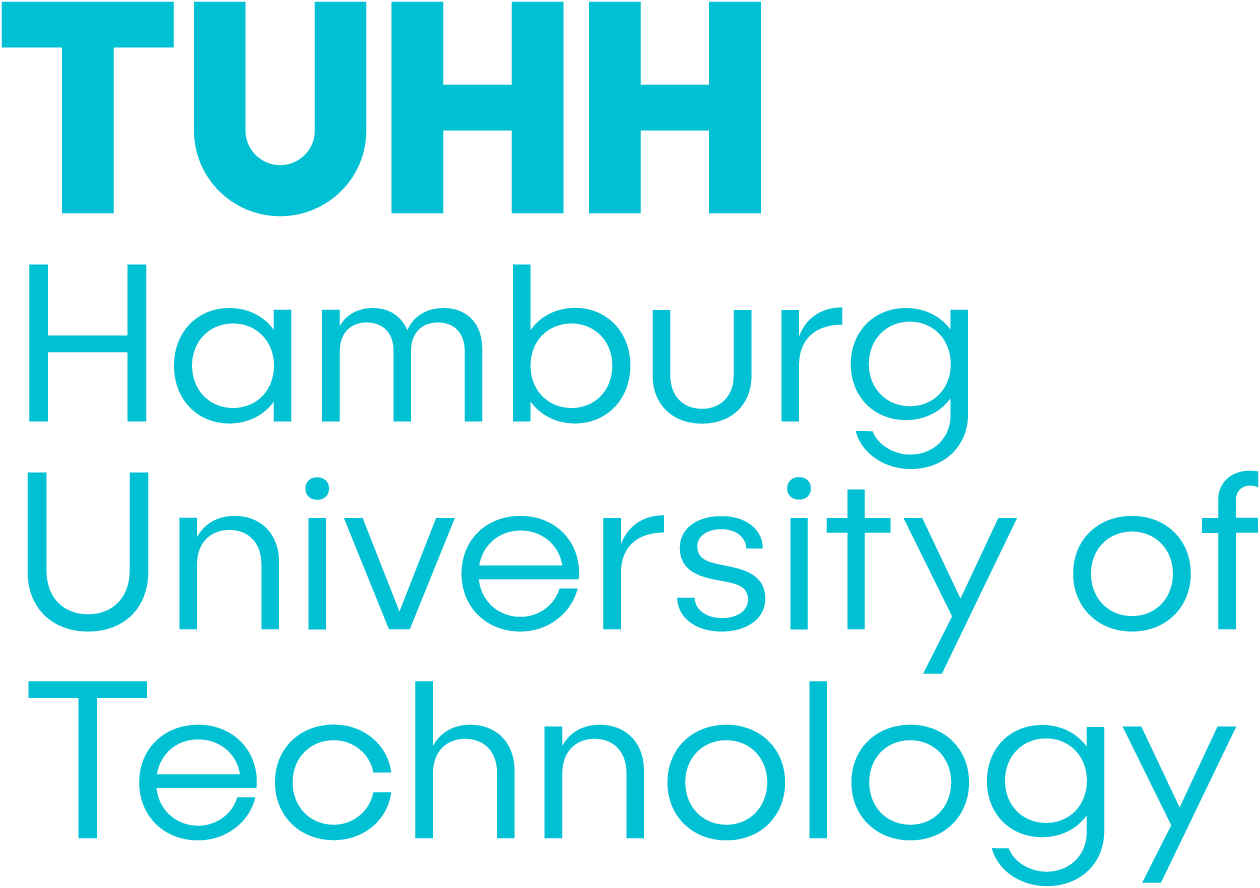Electromagnetics for Engineers I: Time-Independent Fields
Dr. Cheng Yang, Summer Term, in English
Students learn to explain the fundamental formulas, relations, and methods of the theory of time-independent electromagnetic fields. They can explicate the principal behavior of electrostatic, magnetostatic, and current density fields with regard to respective sources. They can describe the properties of complex electromagnetic fields by means of superposition of solutions for simple fields. The students are aware of applications for the theory of time-independent electromagnetic fields and are able to explicate these.
Specifically students learn to apply Maxwell’s Equations in integral notation in order to solve highly symmetrical, time-independent, electromagnetic field problems. Furthermore, they are capable of applying a variety of methods that require solving Maxwell’s Equations for more general problems. The students can assess the principal effects of given time-independent sources of fields and analyze these quantitatively. They can deduce meaningful quantities for the characterization of electrostatic, magnetostatic, and electrical flow fields (capacitances, inductances, resistances, etc.) from given fields and dimension them for practical applications.

